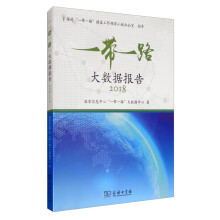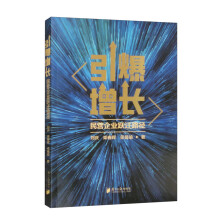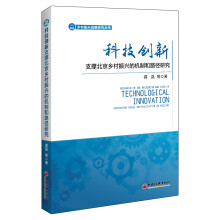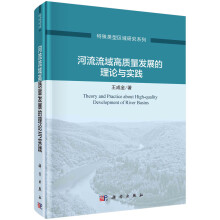《2021中国的航天》:
To serve the economy and society, China has promoted public and commercial application ofits satellites and space technology, growing the industry towards greater efficiency.
1. Boosting Public Services with Satellites
The service capacity of satellite applications has markedly improved. The significant role of satellites is seen in the protection of resources and the eco-environment, disaster prevention and mitigation, management of emergencies, weather forecasting and climate change response, and also felt in social management and public services, urbanization, coordinated regional development, and poverty eradication. The space industry helps to improve people's lives.
The satellite remote-sensing system has been used by almost all departments at national and provincial levels to conduct emergency monitoring of over 100 major and catastrophic natural disasters around the country. It provides services to tens of thousands of domestic users and over 100 countries, having distributed over 100 million scenes of data.
The communications and broadcasting satellite network has made direct services available to over 140 million households in China's rural and remote areas, provided returned data for over 500 mobile phone base stations, and ensured efficient emergency communications during the responses to the forest fire in Liangshan, Sichuan Province, to the heavy rainstorm in Zhengzhou, Henan Province and to other major disaster relief work.
The BeiDou Navigation Satellite System has guaranteed the safety of over seven million operating vehicles, provided positioning and short message communication services to over 40,000 seagoing fishing vessels, and offered precise positioning services for the freighting of supplies and tracking of individual movement for Covid-19 control, and for hospital construction.
In the next five years, under the overarching goal of building a safe, healthy, beautiful and digital China, we will intensify the integration of satellite application with the development of industries and regions, and space information with new-generation information technology such as big data and Internet of Things. We will also extend the integrated application of remote-sensing satellite data on land, ocean and meteorology, advance the construction of infrastructure for integrated application of the BeiDou Navigation Satellite System, satellite communications, and the ground communications network, and improve our capacity to tailor and refine professional services. All these efforts will help to achieve the goals of peaking carbon dioxide emissions and carbon neutralit)r, to revitalize rural areas, and to realize new-type urbanization, coordinated development between regions and eco-environmental progress.
2. Space Application Industry
The commercial use of satellite technology is thriving, which expands the applications market for governments, enterprises and individuals. A group of competitive commercial space enterprises are emerging and realizing industrialized large-scale operation. A variety of products and services such as high-accuracy maps using remote-sensing data, full dimensional images, data processing, and application software are improving the service to users in transport, e-commerce, trading of agricultural products, assessment of disaster losses and insurance claims, and the registration of real estate.
……
展开










